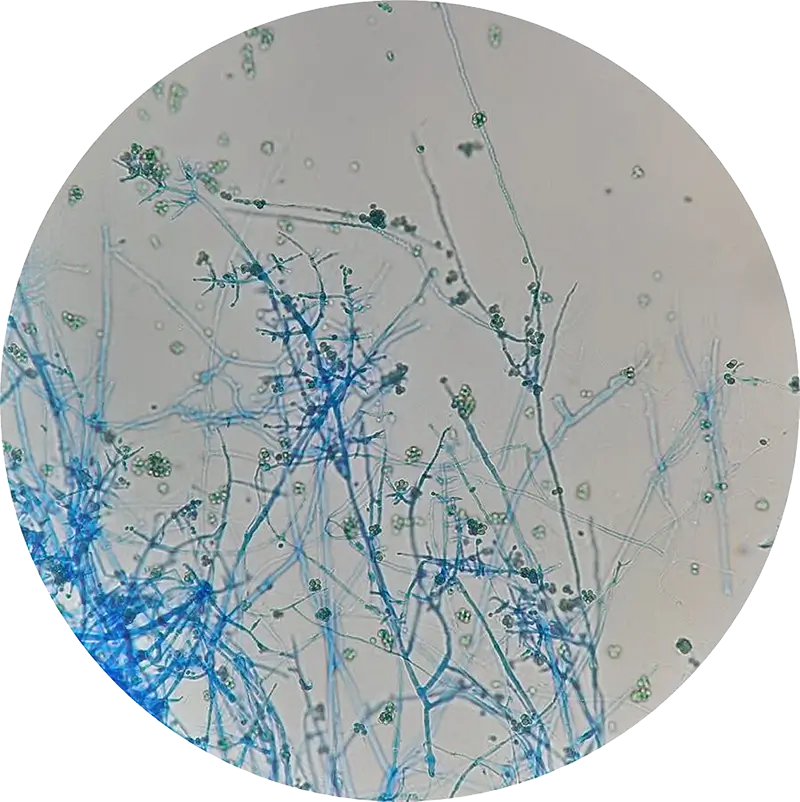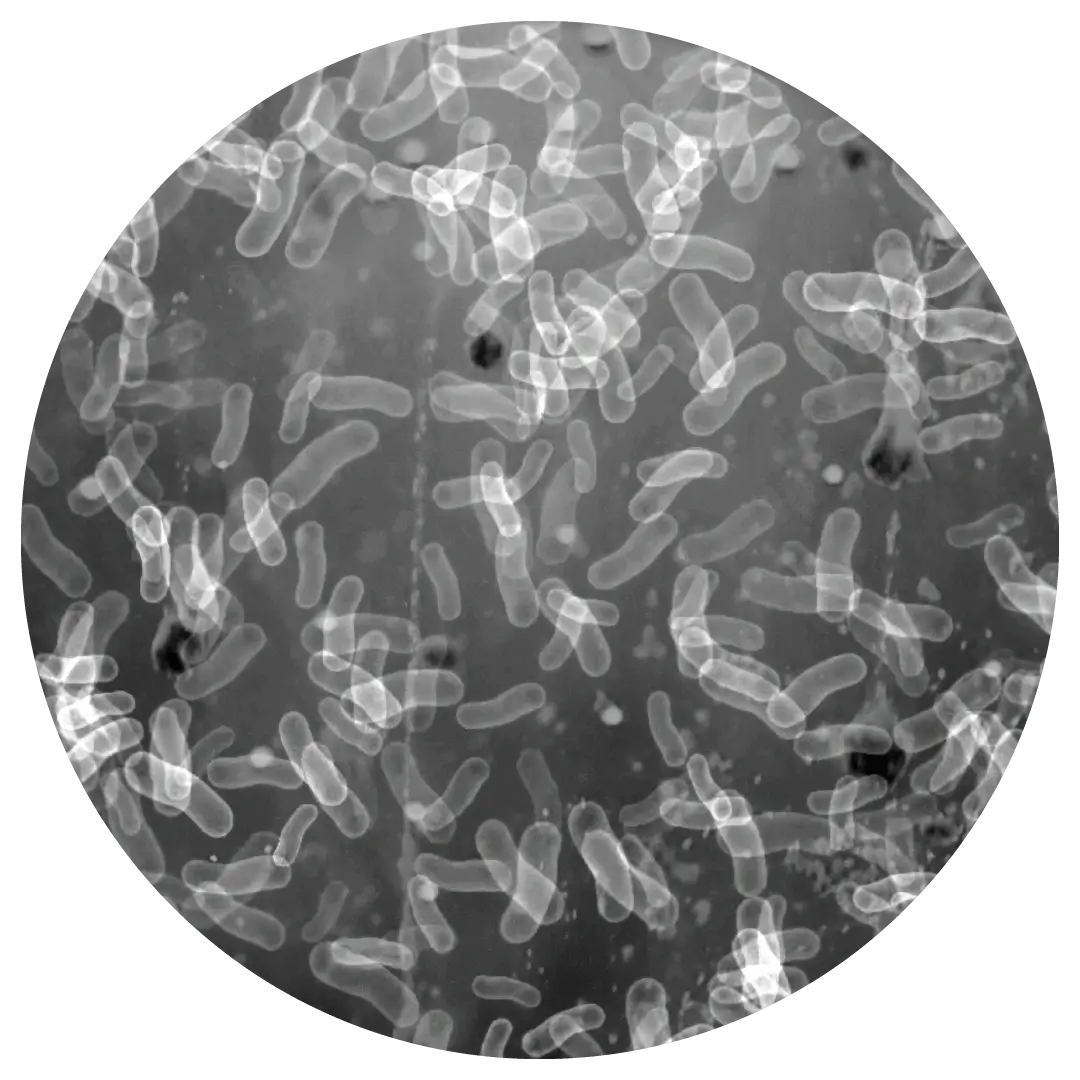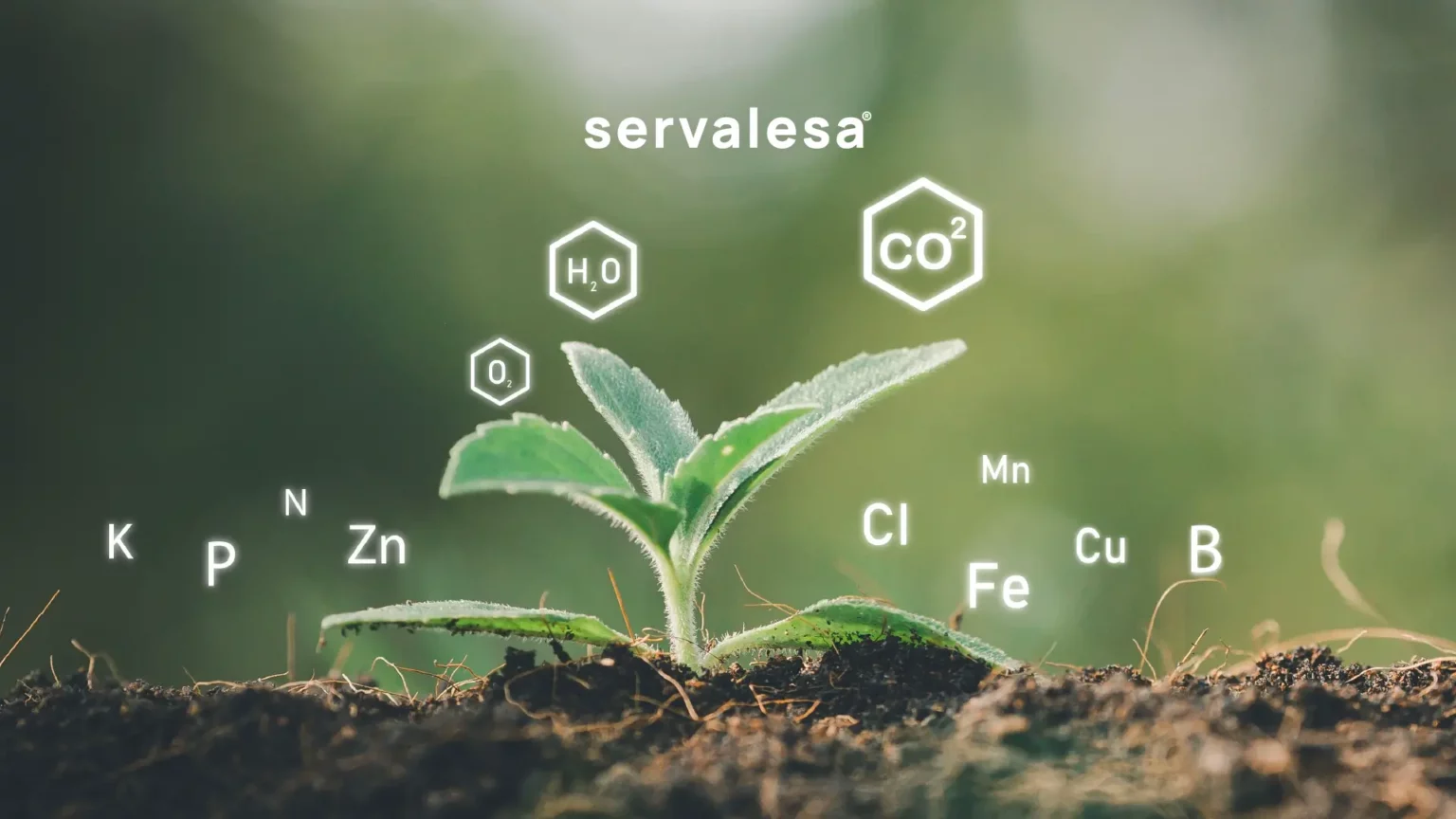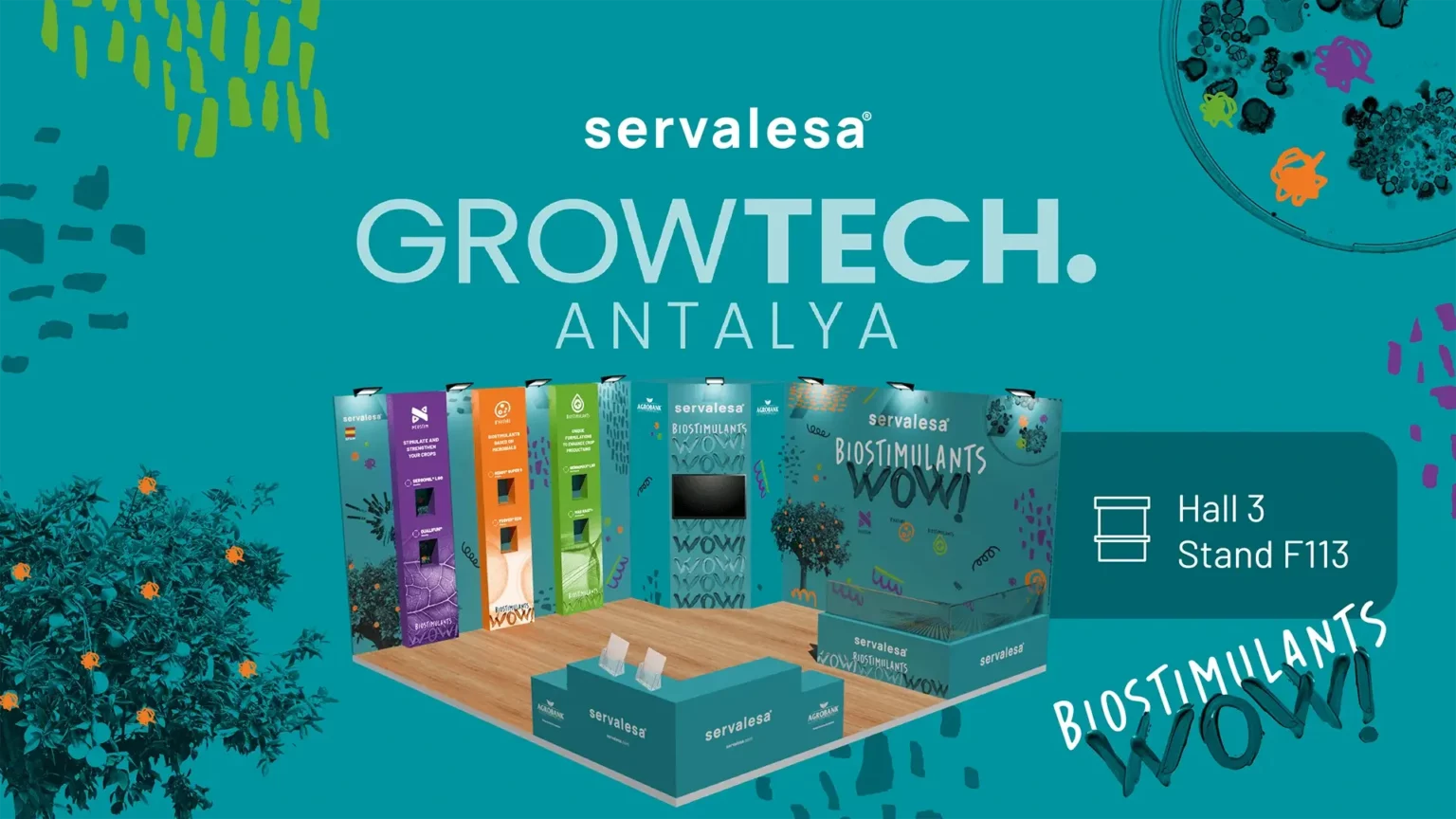A healthy soil is teeming with life; it is an organism composed of billions of other organisms that keep phytopathogens at a population level low enough to prevent disease outbreaks. Even in cases where harmful organisms are present in high numbers, a healthy soil can still favor the robust development of plants.
A healthy soil can become a suppressive soil, characterized by a high number of microorganisms and a wide variety of species, each with a distinct function. These microorganisms have diverse capacities to produce enzymes, antibiotics (noting that the most common antibiotics are produced by soil-derived microorganisms), biofilms, phytohormones, and many other substances that engage in a continuous struggle for survival.
Over the past century, we have attempted to alter the natural evolution, not only of plants but also of the soil environment. We aimed to simplify trophic relationships, believing that by cleaning the roots of our crops—more specifically, by cleaning the rhizosphere of our crops—we were enhancing their productivity. In reality, we were destroying their “intestinal flora,” reducing their nutritional capacity, and simplifying their connection with life.


Because plants are fundamental to life in the soil. And the life of the soil is fundamental to the survival of plants. One cannot exist without the other. Eliminate Pseudomonas spp. or Trichoderma spp. and you open the door to Phytophthora spp. Reduce the population of saprophytic nematodes, and Ditylenchus dipsaci will be ready to feast on your Allium sativum.
Therefore, to restore life to our soils and ensure their optimal health, we must regenerate them, reestablishing the trophic balances that should naturally occur.
The regeneration of the balance between different organisms and microorganisms, pathogens and beneficial species, microscopic and macroscopic, is in our hands. It depends on how we choose to address the great challenge of sustainability.
“The regeneration of soils involves recovering the vital processes of ecosystems,” says Pérez Casar (2021). It is in the soil that the most crucial cycles for life occur: the nitrogen cycle, the carbon cycle, the sulfur cycle. It is there that nitrogen-fixing bacteria (thanks to nitrogenase) can separate the two atoms that make up the N2 molecule, the form in which atmospheric nitrogen exists and which is not assimilable by plants.
Soil formation is a long, laborious process involving many intimately connected actors.
Let us not forget that soil, like other natural resources, is not renewable. It is the foundation that supports, nourishes, and distributes life throughout our crops and across our planet.
Mar Rubio
Development Technician at Servalesa
Discover the Servalesa range of microorganisms, B’Nature




